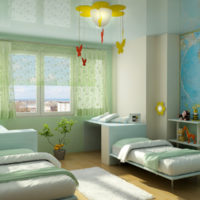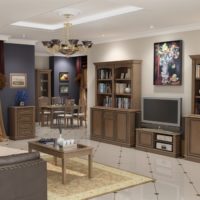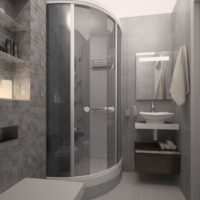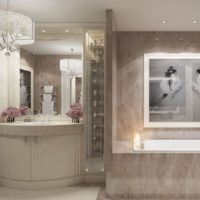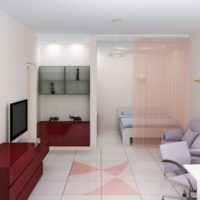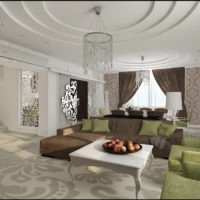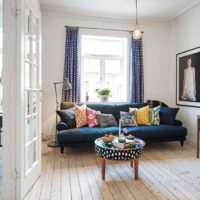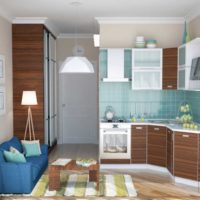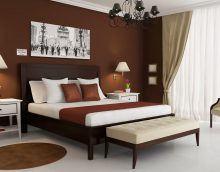The most common mistakes in interior design
We all want a beautiful and comfortable home. To do this, either try to find the best ideas ourselves, or order the services of a professional designer. But not always the second option guarantees success. Errors occur in both cases.

Creating an interior, you should not focus only on your own feelings, because without knowledge of the basics of design, the result often does not live up to expectations
So, consider the most common mistakes in interior design. This will be useful both for designers and for people without an appropriate education who want to arrange an apartment on their own.
Content
Why do they arise
Errors can occur for various reasons. But we tried to single out the main, most typical ones that are encountered quite often.
| Cause | How to fix it |
| Reluctance to move away from the canons | Take a look at new trends; find examples that you like and look in which direction they are made; there are many compromise solutions where you don’t have to go far from the origins, but you will be able to make something new |
| Lack of experience | Many designers learn on their own mistakes, and you try to learn from strangers. Carefully study the most frequent mistakes, and try to avoid them |
| Lack of knowledge | Replenish your piggy bank: find trainings, tips of famous designers. In addition, there are books on design that will come to your aid. |
| No planning | Be sure to make a design project before starting the arrangement, in which indicate all the calculations, stages of work and other details. |

The interior in one color scheme is far from the best solution.
It can be called the reason for the lack of taste, but this is doubtful. Each person has his own taste, and the vision of the owner may not coincide with the tastes of the designer. So feel free to do, but be sure to consider the experience and mistakes of your predecessors, and try to avoid them.
The most common mistakes
Flaws can occur at the beginning of work (during planning), in the process, at the final stage. You need to be careful at every step. Your main assistant is the plan. He will help to keep everything under control, and not to miss important points.
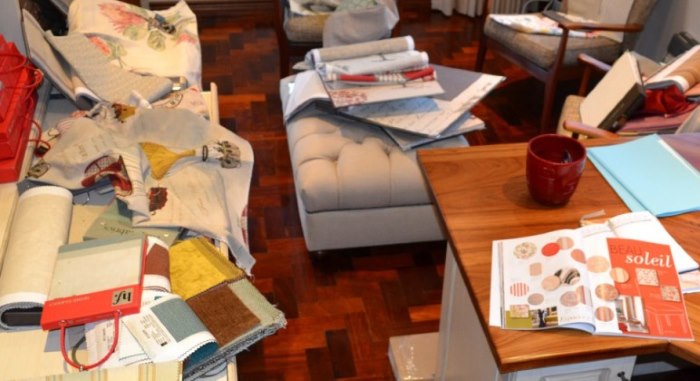
Creative mess is commonplace for an artist’s workshop or studio, but this is unacceptable for a residential interior
Often there are mistakes when choosing and combining colors and styles, using furniture, textiles and other details, as well as when zoning a room. We have selected some of the most common mistakes in interior design that are worthy of attention. Not for nothing because they are found so often, apparently little studied.
Beauty or Functionality
Many firmly stuck in the head that beauty requires sacrifice. We will break stereotypes, and determine that this concept is erroneous. The main rule: there should be harmony in everything. This also applies to the ratio of beauty and functionality.
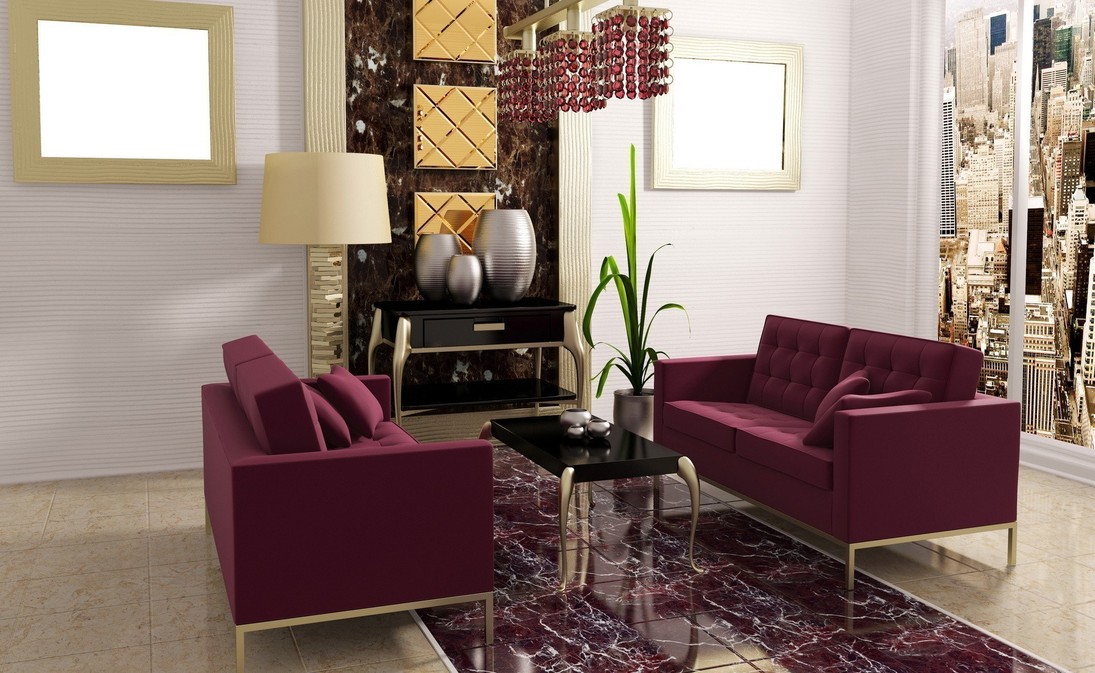
Furniture upholstery should be suitable for the interior of the room and cleaned well, because no one is safe from stains
Of course, you should make the design beautiful and new, but do not forget that upon completion of work in the room you will have to live and do the cleaning. Think about the future functioning of the room.
Remember! There must be harmony in everything: seek a compromise.

Is this designer chair really needed if no one likes to sit on it?
You do design for people. Think broader and think over all the nuances of using the room (whether there are children or animals in the house, what temperature conditions will prevail, etc.). Look for a middle ground between beauty and functionality. It is difficult, but we are here to learn.
Wrong layout
Sometimes miscalculations occur at the beginning of the project. Of course, they can be compensated in the future, but then you will have to sacrifice something, so work planning is a very important part.

Consider all possible layout options and choose the most suitable.
It all starts with a pencil. Draw a plan of the room, and play with the future layout on paper, and only then go to real objects.
Zoning space
Initially, decide which zones the room will contain, and accordingly divide it. This is done with furniture or color. Errors are found in both the first and second cases. Examine the color designation of the various zones, consider the location of the window, and do not mix several zones where there is enough space for only one.

The layout should be logical, the kitchen can be combined with the dining room, and the bedroom with the dressing room
Also common is the problem of lack of focus. Remember that there should be a center in the room from which a reference is made for the location of parts. Focus on one area with a large element of decor or color, and the rest should be additional, and not overlap the main one.
Furniture Arrangement
This category is also a way of zoning space. But this is a separate topic that needs attention, since there are still a lot of nuances.
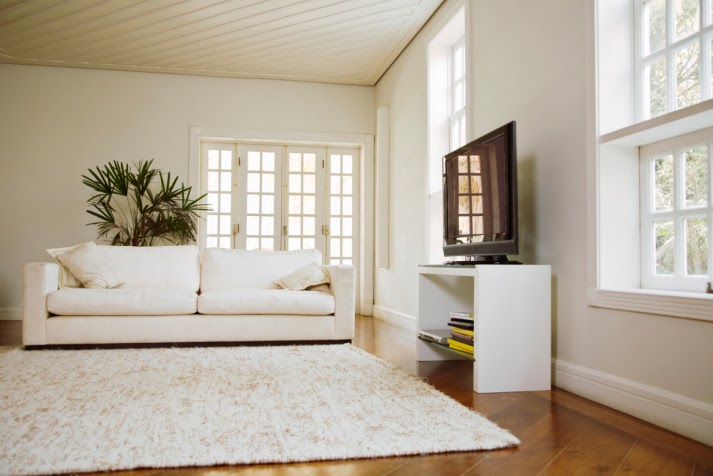
The residential interior, created on the principle of “furniture along the walls”, looks wretched and uncomfortable
Furniture should be arranged so that it fully performs its functions. For example, placing a bed against a wall is considered a gross mistake. Modern design canons require its existence either in the middle of the room, or offset from the center, but not close to the wall.

If furniture interferes with free movement, redevelop
A pile of furniture is also common. A table, shelves, several chairs, an armchair and a bed. There is clearly half the odd. Use the space efficiently and do not clutter it with large pieces of furniture.
Color errors
So, move on to color. This is one of the fundamental factors. After all, a correctly selected color scheme can hide flaws in planning or flaws in the configuration of the room. There is no need to talk about the crooked combination of colors - it can spoil even the most beautiful and fresh design. Now about the most typical color misses.
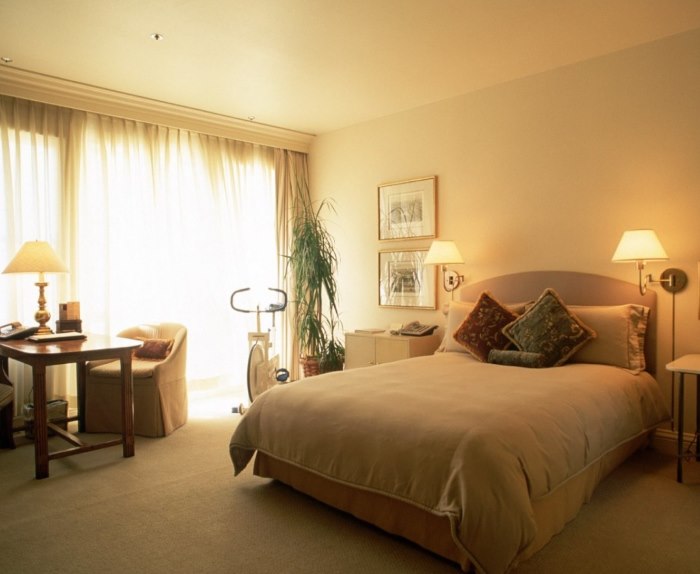
One-color interior: bright, comfortable and ... boring. Maybe it's time to dilute it with new shades
Solid design
Current trends lead to simplification. In new styles, you will not find floral wallpapers combined with bright textiles and furniture. But in some cases, simplification leads to extremes. And, oddly enough, but there are interiors, decorated in the same color. White and gray are now the peak of fashion. Minimalism, loft, techno, hi-tech and other modern trends love it. But do not go to extremes. There are other colors.

A solid interior must be diluted with bright details.
If you do not want your room to turn into a continuous faceless spot, add some bright details to the main gray or white.
Too boring
Already not monotonous, but still too dull. Do not be afraid of brightness and uniqueness. Many designers are afraid to use red, yellow, purple colors, as they are considered very bright and defiant. Nonsense! Yellow is the color of the sun and joy, orange is the color of love, red is the color of passion and health. They can, and even need to be applied.
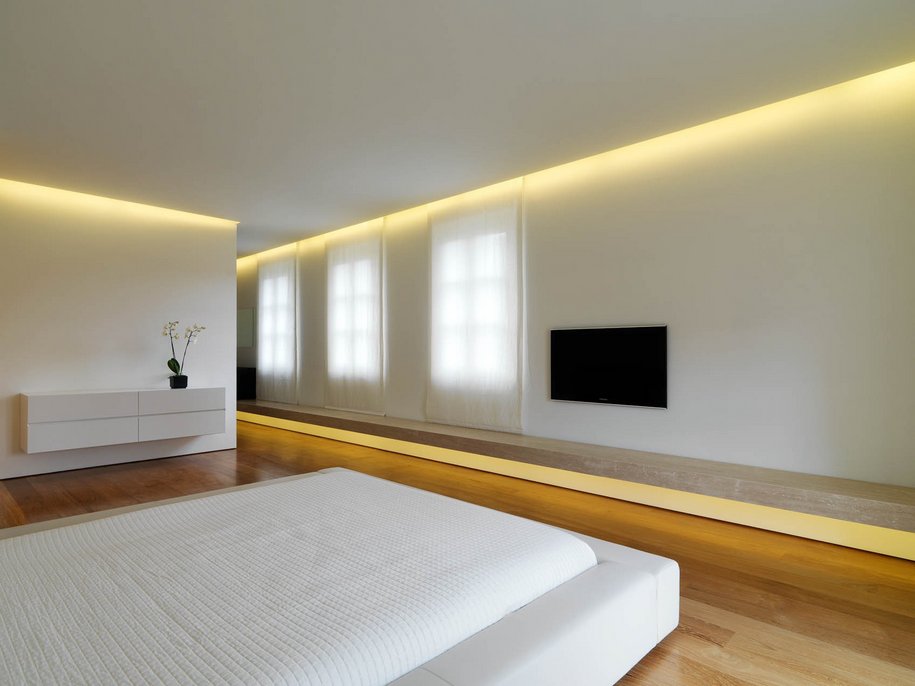
Style uniformity quickly bothers - be careful not to create a boring interior
Look at the psychology of colors, and you will understand that bright colors carry a deep semantic meaning, so they need to be included in the interior. But the main thing is not to overdo it, otherwise the picture may turn out to be too colorful. Try to specifically incorporate bright and colorful details into a boring and mundane life.
Very colorful
The reverse side of the coin is a too bright design. This error is also quite common. It sometimes happens due to the difficulty of choosing one or two colorful flowers. Like yellow, green, red and orange. But you can’t put them all into the big picture. Maybe artists, but in design this is unacceptable.
Remember! Too bright design tires.
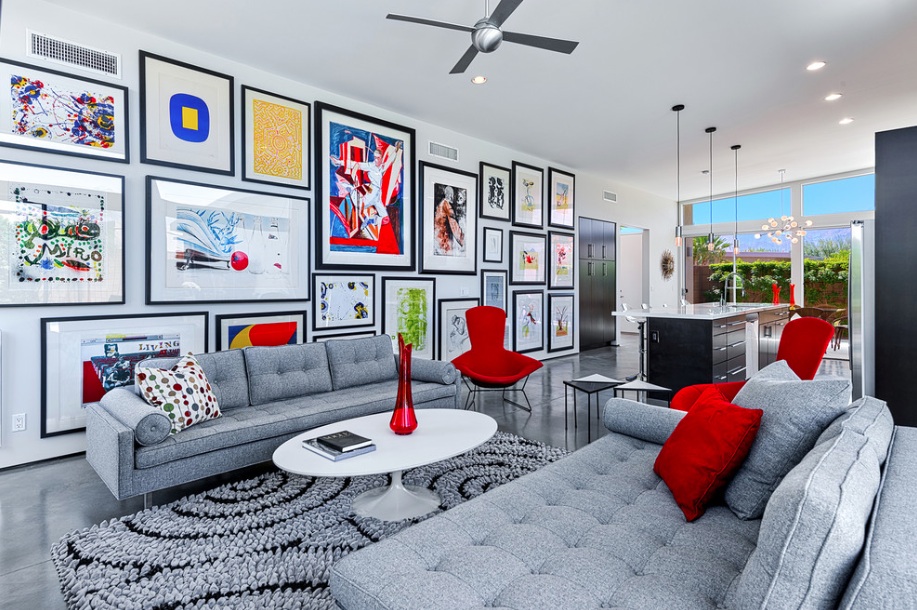
You can turn any wall into your own art gallery, covering it with paintings, family photos or drawings of your children
Do not forget that bright colors have a strong influence on the human psyche, and are able to cause certain emotions. Of course, red will give vigor and passion, but over time it can tire. Therefore, having painted all the walls in this color, one does not have to expect a positive result. Apply the selection technique - cover a large area in a bright tone, but not the entire room. Spot the room in colorful colors, and you get a lively and non-overloaded interior.
Incorrect combinations
Plain, boring or motley are obtained from the inability to correctly combine colors. Sometimes designers refuse to use several colors, afraid to screw up. Others - on the contrary, apply everything. In both cases, disharmony is obtained. Therefore, one of the main skills is the ability to choose the right palette.

It’s easier to first find the fabrics that you like, and then choose the shade of the walls
Examine the color wheel, and familiarize yourself with the rules for combining shades. Entire books are devoted to this. But if you don’t have time to study all the details, look at the rules for combining the color you like.
Minor Elements
With the main elements sorted out. Now move on to the details. They also have a significant contribution to the main picture. After all, it is from the little things that a full-fledged interior is created. We include vases, paintings, personal collections, textiles, etc. in this category. Everything that makes up the background is the background of our painting. You cannot do without these things, but you need to use them skillfully.

Artificial plants are fakes that collect dust and rarely cause good associations.
Overabundance of parts
Often we encounter such an error in interior design as a heap of various elements, whether it be pillows or chairs. And if much attention is paid to the correct arrangement of large furniture, then they forget about the little things.

It is hardly pleasant to constantly rake this collection of pillows just to sit on the sofa
Modern stores provide the buyer with a huge number of accessories. And few can resist a random purchase. You are looking for a vase as a decoration, then you will like one more and one more. After that, in the room there will be applications for several jewelry boxes, paintings and candlesticks. As a result, you will not get the embodiment of style and comfort, but a pantry in which all rubbish is dumped.
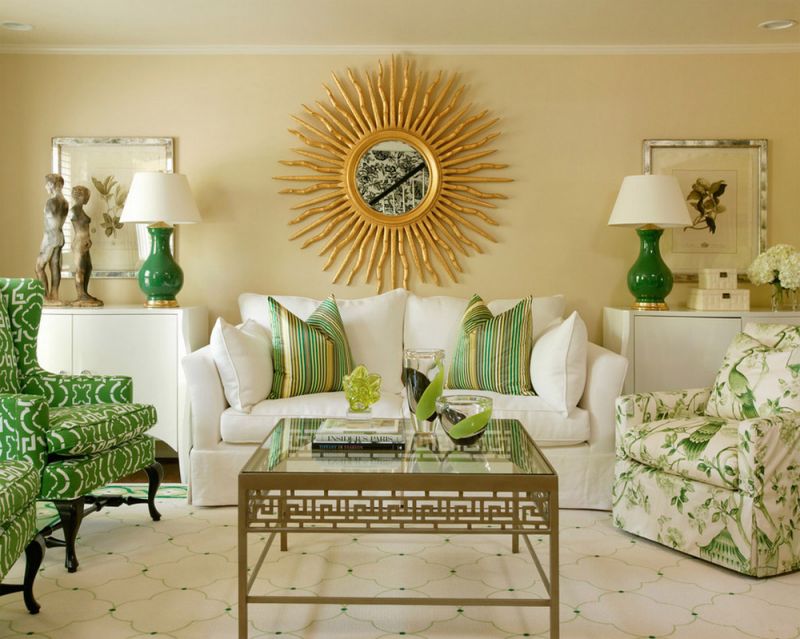
Overdose of accessories will not benefit the interior
In this case, the main thing is to be guided by a sense of proportion, and remember that the elements of the room should coexist harmoniously.
Many spaces
Fearing to overdo it, many designers completely refuse additional details in the interior.There is a sofa, a table, a chair - and enough. Here we get the other side of the coin - an empty room without zest and accents. This may not be a solid look, but the effect will be the same.

Each room needs its own focal point, for example, a picture on the wall
Remember, a room without trifles is empty. Choose a vase or painting in accordance with the general style. Focus on the bright sofa cushions, but do not overdo it: the mountains of dust collectors will not fit even the most sophisticated decor. Remember: a sense of proportion works both ways.
Style mismatch
Of course, there are lovers of eclecticism, but this direction has long been a thing of the past. And if you want to restore it at the whim of the landlord, work very carefully. This is not just a mixture of everything, it’s the art of selecting incompatible things that, when combined with each other, will create a complete and harmonious picture.

Styles can be popular and trendy, but don’t try to force yourself to follow the trend if outdoor wiring and bare brick make you sad
But let’s leave eclecticism lovers, and move on to the bulk. In modern design, a mixture of different directions is rarely found. Often they try to fully reveal one style, fully following its rules.

Stylish interior studio apartment
In this case, the main thing is to really follow the canons that a certain style dictates. Do not try to fit a random thing into an already existing picture. Do not take parts from different directions, trying to harmoniously combine them. Stay on one thing. Learn the basic principles of the chosen style, and follow them.
Lighting flaws
Lighting is a whole art. Here both practical and design aspects take place. There are two types of lighting in the room: natural and artificial. You need to properly organize both types, and harmoniously fit them into the overall design, making it part of the picture.

Dim lighting can negate any interior design
Natural light decoration
Let's start with the main thing. There is natural light in almost every room, and it needs to be properly designed. The most common mistakes are such arrangement of windows that we have either a lack or an oversupply of light. If the second option is not so scary, then the first one is more common and does more harm. Study the layout of the room and the location of all the details; Consider if enough light enters the room. If the repair involves expanding the windows, or introducing new ones, fine, proceed. If not, you will have to compensate for the lack of artificial lights and window decorations.

Window decoration in modern design projects is represented by simple solutions without decorative luxury
Another mistake that prevents natural light from fully fulfilling its function is improper window decoration. Here, build on the configuration of the opening itself and the general style of the room.
Advice! Do not leave windows without curtains.

The absence of curtains is actual in the loft style; in other cases, windows require carefully thought-out design
Oddly enough, bare windows in modern projects are quite common, due to the fact that this is a trend of modern styles. This is a blunder. Modern design requires the right selection of curtains, and offers a huge variety of them. Remember that window decoration is the basis of comfort in the room, and with it you will be able to add or remove natural light from the room, and compensate for the flaws in the configuration of the window and the room as a whole.
Bloopers of artificial lighting
As already mentioned, sometimes natural light has to be filled with artificial light. In some rooms (for example, a bathroom) there are no windows at all, and here the main role is played by lamps.

Ceiling lights are used for general lighting, and sconces, table lamps and floor lamps are better suited for highlighting certain areas.
When arranging artificial lighting, be guided primarily by practicality. Position the lights and switches conveniently for use. Think about which areas need more coverage and which may remain shaded. Pay special attention to the placement of lamps in the bedroom and in the kitchen.
In addition to the practical, remember the design function of the fixtures. Choose them according to the color and general style of the room.
Summarize
During the repair of an apartment, mistakes can be made by both beginners and professionals. Whether you are in the first or second group, be sure to pay attention to the shortcomings made by your predecessors, and try to avoid them.

There are many common mistakes made in interior design, but there are also many simple solutions to fix all the flaws.
In addition to meeting the design with formal rules, remember that it must be lively and in harmony with your inner world. A room is a reflection of its owner’s inner self. So do not be afraid to experiment, but remember harmony.
Video from a professional designer: serious mistakes in decorating a living room
